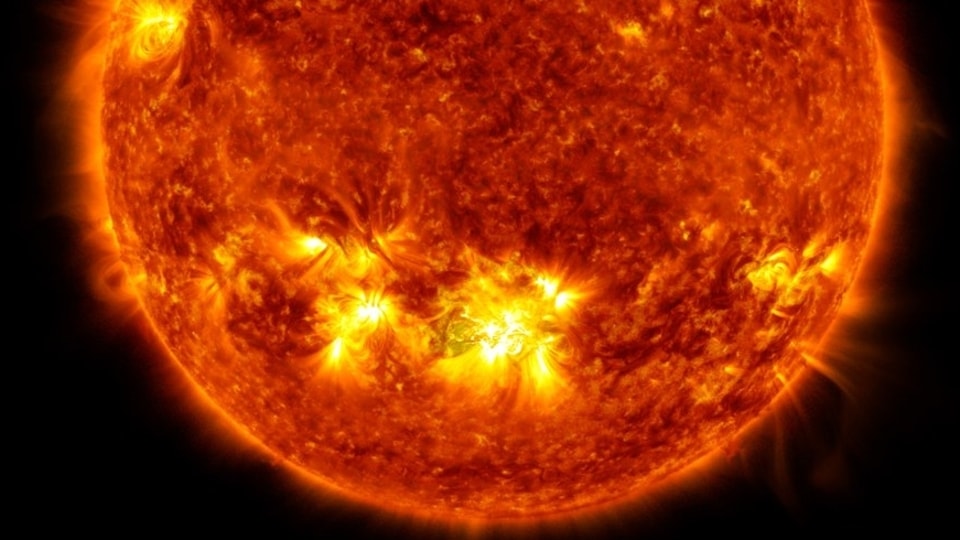3 more solar flares shot off by the Sun towards Earth, including a 'cannibal', NASA says
- A new active Solar Cycle has begun and it is leading to strong and frequent eruptions of solar flares from the Sun that are being shot towards the Earth.

Solar flares are increasingly conducting a macabre dance routine on the Sun. The reason behind this is the new solar cycle that has been activated after an 11-year period. Significantly, 3 of these solar flares have been shot towards Earth in just a week. These solar outbursts are known as coronal mass ejections (CMEs), which could cause power grid fluctuations, inconsistencies in satellite orientation, radio blackout and even an Internet catastrophe on Earth if they are intensive enough, according to scientists.
First solar flare was unleashed on November 1, from a sunspot designated AR2887 and another from sunspot called AR2891 on November 2. The third outburst created the most concern as it was the largest one of the three, and came to be dubbed as a “cannibal” - it gobbled up the others. It comprises a complicated magnetic field and compressed plasma particles shot towards Earth with at amazing speeds. The speed varies and the cannibal, which was the strongest and fastest, overtook and overwhelmed the others.
According to Space.com , all three CMEs have been heading towards Earth, and the "cannibal" CME reached Earth on Thursday and caused a G3 geomagnetic storm. The recent stunning auroras at lower altitudes are the expected results of this 20-hour long geometric storm. NASA is still evaluating the full impact of the storm on Earth.
What are CMEs?
In simpler terms, coronal mass ejections (CMEs) can be understood as the massive solar particle eruptions due to intense flares from the sun. CMEs fire an abundance of plasma, gases and magnetic fields out into space, often from the Sunspots which are lumps in the Sun's magnetic field.
As CMEs escape the Sun, they travel at speeds ranging from less than 250 kilometres per second to over 3000 kilometres per second. CMEs can reach Earth in as little as 15-18 hours, which provides very little warning to astronomers and scientists on earth to prepare and warn everyone about it. Fortunately, not all solar storms travel as fast and generally take over a day to reach Earth.
Reason behind hustle-bustle of solar flares
According to the experts from NASA and the National Oceanic and Atmospheric Administration (NOAA), the Sun has begun its 'Solar Cycle 25', which is expected to peak in 2025. Solar minimum occurred in December 2019, marking the start of a new solar cycle, the space agency reported.
A new solar cycle changes every 11 years. During this transition of the solar cycle, the Sun transforms its nature from relatively calm to active and stormy and then again quiet.
The recent solar storms are the consequences of this new Solar Cycle 25, with the emitted CMEs resulting in geomagnetic storms on the Earth.
According to SWPC, the X1-class flare that emitted on October 29 from the sun ended up creating a strong radio blackout for a short span of time across the sunlit side of Earth, centred on South America.
Catch all the Latest Tech News, Mobile News, Laptop News, Gaming news, Wearables News , How To News, also keep up with us on Whatsapp channel,Twitter, Facebook, Google News, and Instagram. For our latest videos, subscribe to our YouTube channel.































